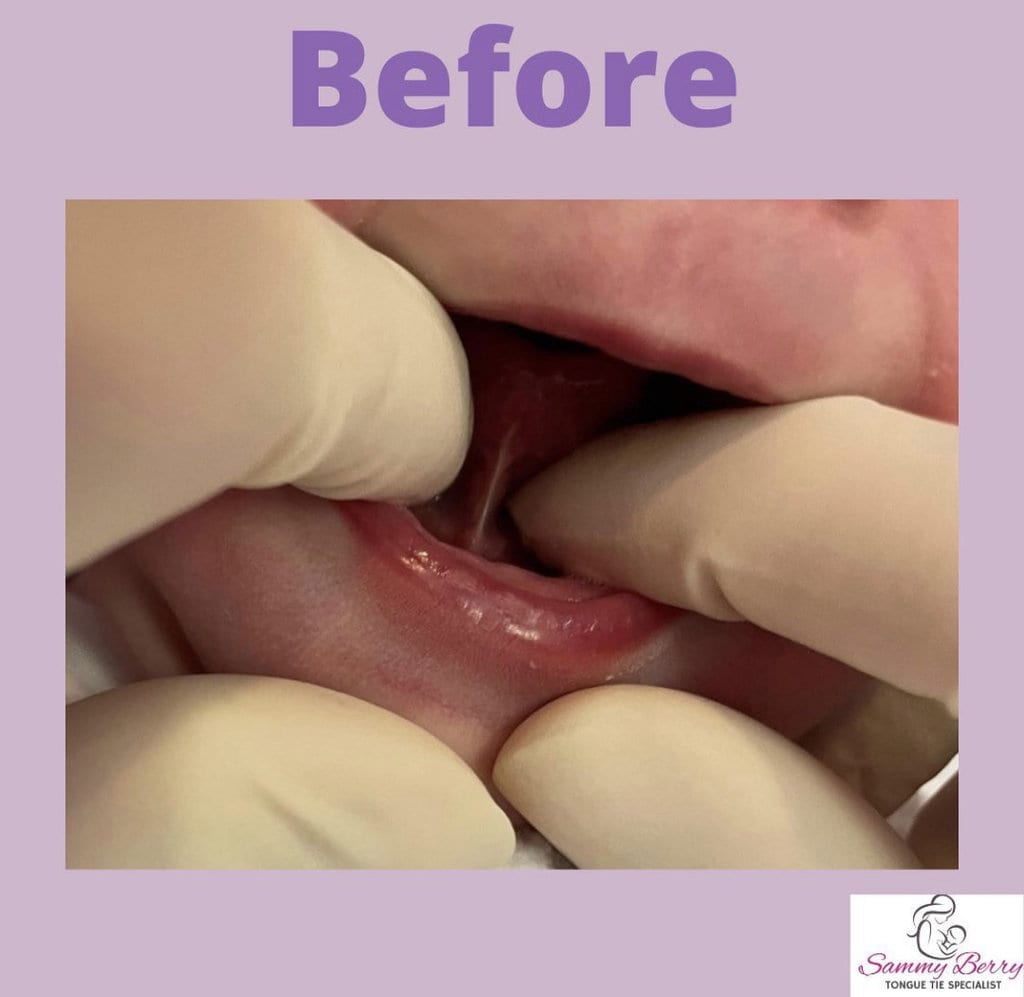Factsheet – Choices around Vitamin K following birth
Sophie Rickett
Student midwife, University of Nottingham
@student_to_midwife (Instagram)
Summary
This factsheet is about vitamin K, a substance which is offered to all babies, usually within the first hour of birth. In the UK, it can be administered by oral drops or injection. This article will provide you with information about why vitamin K is offered to all babies and the benefits and possible risks of accepting or declining vitamin K. You will also find practical tips to help you decide whether to include the administration of vitamin K in your birth preferences.
What we know
Vitamin K is an essential fat-soluble substance. It is needed to help form blood clots, which prevent excessive bleeding. Vitamin K is offered to all babies as a preventive measure against a rare but major bleeding disorder known as haemorrhagic disease of the newborn (HDN) or more recently, vitamin K deficiency bleeding (VKDB).1
There are 3 types of VKDB;
Early-onset VKDB is extremely rare. It occurs within 24 hours of birth and it is seen in babies born to mothers who are taking certain types of drugs, such as warfarin or antibiotics. This type of VKDB can be prevented by giving vitamin K to babies.1
Classic onset of VKDB usually occurs between day 2-7. A baby with this type of VKDB may have bleeding under the skin, in the gut, or from a circumcision wound. Vitamin K is given at birth to try to prevent this type of VKDB.1
Late-onset VKDB can occur between day 8 and 3 months. Some babies with this type of VKDB may have unrecognised liver disease, which is not prevented by the administration of vitamin K. With this type of VKDB, the most common sites of bleeding are the skin, gut and brain. Vitamin K is given at birth to try to prevent this type of VKDB.1
The most severe cases, VKDB can lead to bleeding on the brain, which is also known as intracranial haemorrhage (ICH).1 A UK study found that 30% of babies with VKDB developed ICH, with varying severity and outcomes.2
There are two ways of giving vitamin K; either by injection or orally. It is known that oral vitamin K is not as effective as the injection.1 To ensure adequate absorption, it is usually given in three separate doses over the course of the baby’s first month, as often babies will spit or sick up some of the dose. It must be given with milk, due to vitamin K’s fat-soluble nature, otherwise, it will not be absorbed, and will, therefore, be ineffective.1
The vitamin K injection is given in a single dose. It is dissolved in oils which allows it to be released into the body over several weeks, once administered.1
What we don’t know
Vitamin K has been given as a prophylactic treatment to most babies for a long time. It was introduced before accurate methods of measuring the effectiveness of treatment were established. Therefore, it is hard to be sure what proportion of babies would be at risk of VKDB if they did not receive vitamin K.1
It seems babies’ levels of vitamin K at birth are relatively low, although how low exactly remains uncertain. It is thought that vitamin K cannot cross the placenta,3 which may explain why this is the case. On the other hand, it may be that vitamin K does cross the placenta, but the baby does not have the substances needed to absorb it.1
Mothers and families: how to use the evidence
Throughout your journey to motherhood, you may find yourself facing several decisions about different aspects concerning the health of you and your baby. Whether you would like to accept vitamin K or not will be one of these. To help you come to a decision that is right for you and your baby, it may be useful to use Sara Wickham’s acronym ‘PIEDAY’:1
- What is the Problem?
In this case, vitamin K is being offered to prevent the problem of VKDB.
- What is the Incidence?
The average incidence of late onset of VKDB is thought to be 1 in 11,000 of babies who have not received vitamin K.4
- How Effective is the treatment that is being offered?
Vitamin K is thought to be very effective. If the appropriate dose is given at the appropriate time, via the appropriate route, the chance of a baby experiencing VKDB becomes extremely low.
- What are the Downsides to what is being offered?
The vitamin K injection may result in local infection, bleeding, bruising or short-lived pain, although this is uncommon. It is an extremely rare (but serious) possibility that your baby may be given the wrong drug,5 however there are safety protocols in place to prevent this.
- Are there any Alternatives to what is being offered?
You can decide to give vitamin K in a later time frame than what is usually offered, or decline vitamin K altogether, whilst being aware of signs of VKDB.
- What is right for You?
Consider your own family history, beliefs, feelings, and ability to cope in different situations. Remember that this is about what is right for you and your baby – no one else.
If you are worried you will feel pressured to accept vitamin K, consider how you could respond. Instead of declining it in the first instance, you may feel more comfortable replying with ‘Thank you, I just want a day or two/some more time to think about it.’1 However, should you feel challenged, remember you can ask to speak to another health professional who will respect and listen to you. Whether your baby receives vitamin K or not should always be your choice, and yours alone.
This factsheet is a short summary of vitamin K. Should you like to know more, there is a wealth of easy-to-read, accessible information in Sara’s book – see references.1
Midwives and birth workers: how to use the evidence
- Ensure you understand the rationale and research behind offering vitamin K as a prophylactic treatment, so that you can help women reach an informed decision.
- When discussing vitamin K with parents, be clear and transparent about the pros and cons and what we don’t fully understand yet.1
- Support and respect women and their families regardless of their choice.
- Remember to stay open-minded and reassure women that if they decline, they can change their mind at any time without judgment and that they will not be ‘held’ to their previous decision.
- Give women and their families who decline vitamin K these tips and educate them on the signs for VKDB:1
- Babies who are not feeding well may not be able to maintain their vitamin K stores. Therefore, if your baby has not received vitamin K, seek early support with feeding if you are experiencing any issues.
- Look out for any bleeding or bruising, particularly from the umbilical cord site, in skin folds, nose, mouth and nappy.
- Babies with VKDB may vomit lots, be very fussy and/or lethargic. They may also have seizures or visible bulging around the soft spot on their head (fontanelle). Any of these symptoms require urgent medical attention.
- Consider re-evaluating your decision to decline the administration of vitamin K if mum or baby receive antibiotics, as they can interfere with vitamin K stores.
- Be vigilant of signs of liver problems (such as dark urine or light-colored faeces) or jaundice (yellow colouring of the skin and whites of their eyes, lethargy and reluctance to feed)
- If your baby needs medical care of any kind, tell your healthcare professional that your baby hasn’t had vitamin K.
Links to other resources
 Articles
Articles
https://www.aims.org.uk/information/item/vitamin-k
Cochrane – Prophylactic vitamin K for vitamin K deficiency bleeding in neonates
https://www.sarawickham.com/topic-resources/a-decade-of-vitamin-k-articles/
https://www.sarawickham.com/articles-2/vitamin-k-a-flaw-in-the-blueprint/
https://www.sarawickham.com/articles-2/deconstructing-prophylaxis/
https://www.sarawickham.com/questions-and-answers/vitamin-k-and-tongue-tie-division/
 Guidelines
Guidelines
WHO recommendation on haemorrhagic disease prophylaxis using vitamin K
 Books
Books
Hill, M. The Positive Birth Book. London: Pinter & Martin Ltd; 2017.
Wickham, S. Vitamin K and the Newborn. 2nd Edition. Birthmoon Creations; 2017.
 Social Media
Social Media
 Websites
Websites
https://evidencebasedbirth.com/evidence-for-the-vitamin-k-shot-in-newborns/
https://www.nct.org.uk/labour-birth/after-your-baby-born/vitamin-k-and-newborns-what-you-need-know
References
- Wickham, S. Vitamin K and the Newborn. 2nd Birthmoon Creations, 2017.
- McNinch A, Busfield A, Tripp J (2007). Vitamin K deficiency bleeding in Great Britain and Ireland: British Paediatric Surveillance Unit Surveys, 1993 94 and 2001-02. Archives of Disease in Childhood 92(9): 759-66.
- Shearer MJ (2009). Vitamin K deficiency bleeding (VKDB) in early infancy. Blood Reviews 23(2): 49-59.
- Sanker MJ, Chandrasekeran A, Kumar P et al (2016). Vitamin K prophylaxis for prevention of vitamin K deficiency bleeding: a systematic review. Journal of Perinatology 36 Suppl 1:S29-35.
- Whitfield MF, Salfield SAW (1980). Accidental Administration of Syntometrine in Adult Dosage to the Newborn. Archives of Disease in Childhood 55, 68-70.








